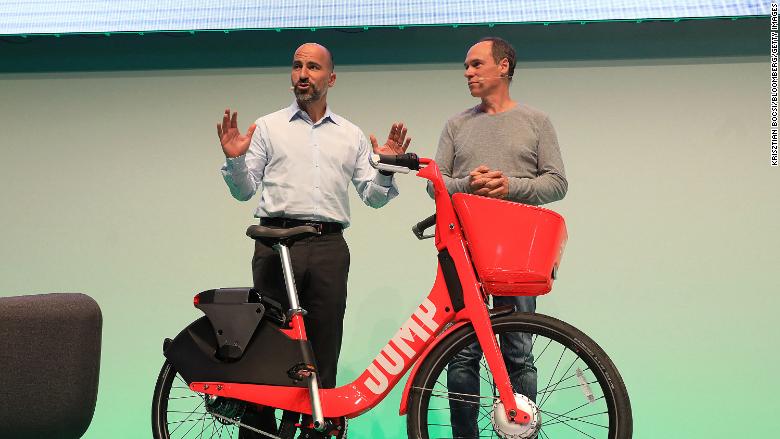If you've seen Breaking Away, you probably remember this scene:
Of course, some things that are funny in a movie aren't so in real life. Certainly, Bryan Blair isn't laughing.
On the evening 22 February, he was riding his bicycle in Scottsdale, Arizona. A man entered the roadway and stuck a long metal object into Blair's front spokes, bringing him and his bike to a dead stop.
Unlike our the protagonist of BA, Blair suffered wounds to more than his pride. He didn't get up and ride the next day. In fact, he never rode again: After three weeks in a hospital, he died from his injuries.
The man who ended his ride, and his journey, fled the scene in a car. The police, who had no idea of whether the attack was random or targeted, enlisted the public's help.
Through surveillance videos, eyewitness accounts and other tips, Scottsdale police investigators tracked down the man they believe to be responsible: 49-year-old Daniel James Hinton. The other day, they arrested him.
He's been charged with second-degree murder. As we all know, life doesn't always imitate the movies.
Of course, some things that are funny in a movie aren't so in real life. Certainly, Bryan Blair isn't laughing.
On the evening 22 February, he was riding his bicycle in Scottsdale, Arizona. A man entered the roadway and stuck a long metal object into Blair's front spokes, bringing him and his bike to a dead stop.
Unlike our the protagonist of BA, Blair suffered wounds to more than his pride. He didn't get up and ride the next day. In fact, he never rode again: After three weeks in a hospital, he died from his injuries.
The man who ended his ride, and his journey, fled the scene in a car. The police, who had no idea of whether the attack was random or targeted, enlisted the public's help.
 |
| Daniel James Hinoto |
Through surveillance videos, eyewitness accounts and other tips, Scottsdale police investigators tracked down the man they believe to be responsible: 49-year-old Daniel James Hinton. The other day, they arrested him.
He's been charged with second-degree murder. As we all know, life doesn't always imitate the movies.



